Cacio E Pepe Goes Sichuanese
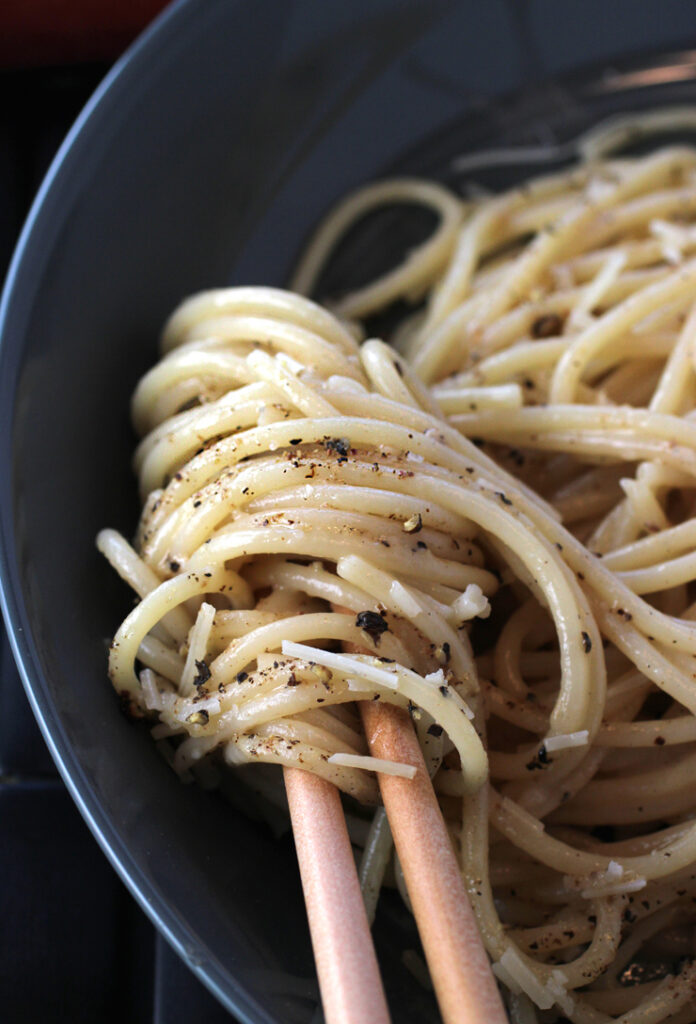
Fly By Jing’s chili crisp and Zhong dumpling sauces are mainstays in my fridge because they are the perfect finish to so many dishes.
So when founder Jing Gao debuted her cookbook, “The Book of Sichuan Chili Crisp” (Ten Speed Press),” I couldn’t wait to leaf through it.
The book, of which I received a review copy, takes its title from the delicious “fly” (hole-in-the-wall) street-food eateries that Gao and her parents would grab a bite to eat at in Chengdu, the capital of China’s Sichuan region.
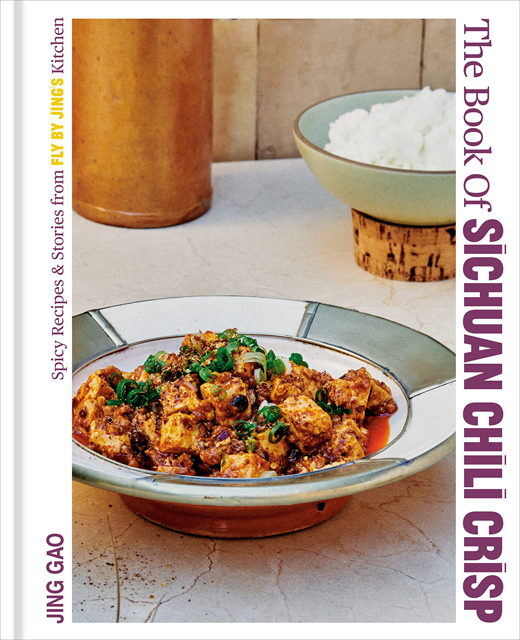
Her father, a nuclear physics professor with a Chinese visa, moved the family around annually for his job. Sichuan food became the one constant in Gao’s life. And it became her calling after she left the corporate business world to start Baoism, her own restaurant in Shanghai that operated for two years. All the while, she kept refining the condiments that were her cooking touchstones.
After traveling to a natural foods trade show in California, and discovering the dearth of Asian food brands that existed, she launched Fly by Jing in 2018 through a Kickstarter campaign. Today, these popular products are sold in Whole Foods, Target, and Costco.
Her cookbook includes 85 recipes, both classic and inventive, including “Chengdu Scallion Pancakes,” “Wagyu Cheeseburger Pot Stickers,” “Hongshao Carnitas Tacos,” and “Poached Pears in Sichuan Pepper Syrup.”
“Sichuan Cacio e Pepe” takes the classic Roman pasta dish flavored with cheese and black pepper and gives it even more oomph with the addition of numbing Sichuan pepper.
This is a super easy recipe that just requires boiling spaghetti, then tossing the noodles into a pan of butter melted with black pepper, roasted Sichuan pepper, and grated Pecorino-Romano and Parmigiano-Reggiano.
If you have a stash of whole Sichuan peppercorns in your pantry already, all you need do is toast some in a frying pan, then pulverize in a spice grinder.
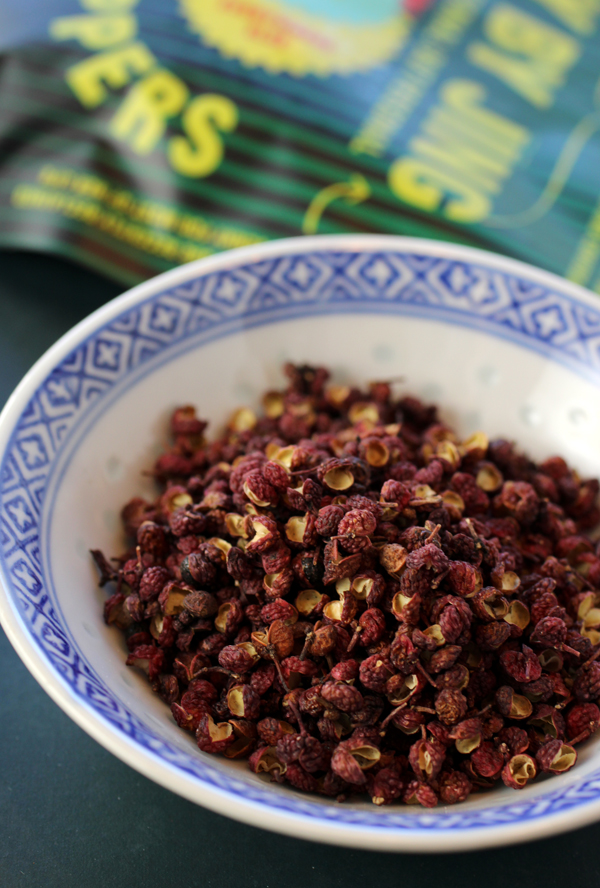
I will say this is the rare recipe for 8 ounces of pasta that actually can feed four. In fact, I think this dish works best as a first course or side dish. That’s because the Sichuan pepper makes this a pretty potent dish.
Indeed, while the recipe calls for 2 teaspoons of ground roasted Sichuan pepper, I would cut that in half, because otherwise it ends up being very aggressive tasting. Even with less Sichuan pepper, you’ll still end up with a tongue-tingling dish with the cheese mellowing the pepper just a bit. The Sichuan pepper also adds a slight floral note.
This pasta may be plain and simple, but it definitely carries a punch.
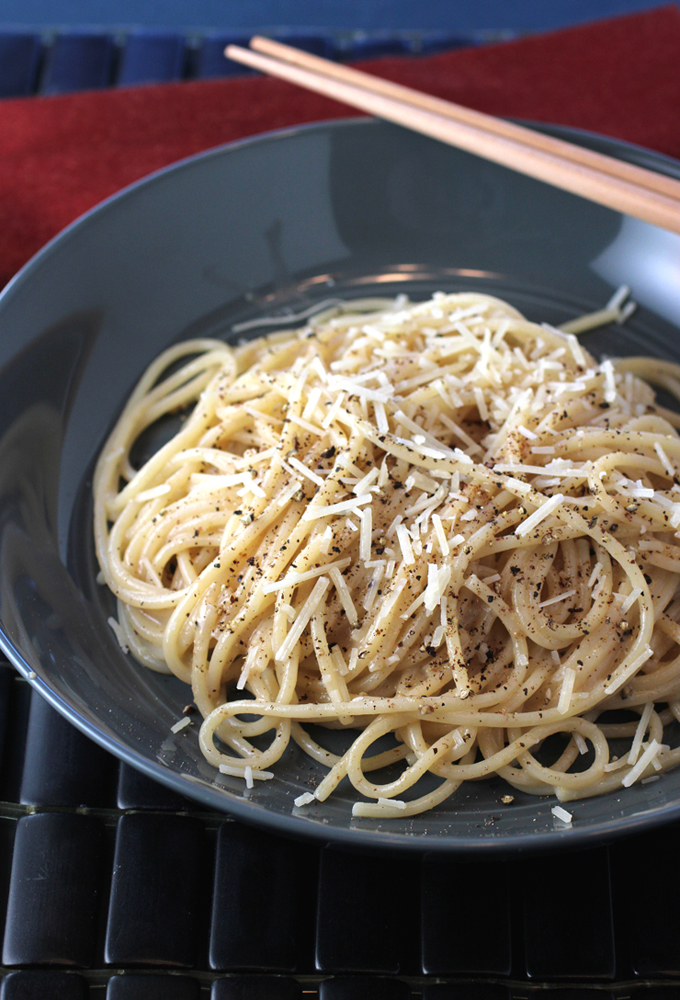
Sichuan Cacio e Pepe
(Serves 4)
8 ounces dried spaghetti or bucatini
For the sauce:
2 tablespoons unsalted butter
1/2 cup reserved noodle cooking water
2 teaspoons ground black peppercorns, or as needed
1 teaspoon ground roasted Sichuan pepper, or as needed
1/2 cup finely grated Pecorino Romano, or as needed
1/2 cup finely grated Parmigiano-Reggiano, or as needed
Cook spaghetti in a pot of boiling water until al dente. Drain, reserving 1/2 cup of the cooking water.
To make the sauce: In a large pan or skillet over medium heat, melt the butter. Add the ground black pepper and roasted Sichuan pepper and cook for about 1 minute, until toasted and fragrant.
Decrease the heat to low and add the spaghetti to the pan. Add the reserved noodle water and the grated cheeses and continue to toss until the cheeses have melted.
Transfer to a serving plate and top with more cheese, ground black pepper, and roasted Sichuan pepper, if desired.
Ground Roasted Sichuan Pepper
(makes 1 tablespoon)
2 tablespoons whole Sichuan pepper
Heat a wok or frying pan over low heat and add the Sichuan pepper, stirring with a spatula to toast it evenly. Toast for 2 to 4 minutes, making sure not to burn the pepper. Good Sichuan pepper will still have a lot of its oils and fragrance that will be released as you toast it. Remove the wok from the heat and set it aside to cool.
Using a mortar and pestle or a spice grinder, grind the pepper to a fine powder. You’ll find that the inner husk of the Sichuan pepper is hard to grind and will be quite visible. Since it doesn’t have any flavor, it should ideally be sifted out for the best flavor experience. I usually pass mine through a fine-mesh strainer.
Use the Sichuan pepper immediately.
Adapted from “The Book of Sichuan Chili Crisp” by Jing Gao
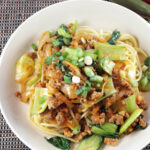
Other Recipes Spotlighting Sichuan Pepper: Sichuan Pork Ragu
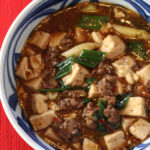
And: Spicy Tofu with Lamb and Sichuan Peppercorns
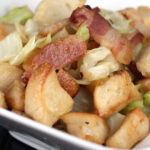
And: Stir-Fried Bagels with Cabbage and Bacon
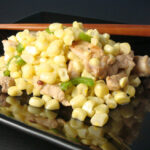

I got a recipe from marionskitchen,com for grilled salt and pepper chicken that uses a similar combination of Sichuan peppercorns, black peppercorns, and sea salt. Now I keep a container of the mixture and put it on everything. It’s the best. I even brought it here to Kaua’i on vacation to season bbq steak, fish, & chicken!
Hi Suzy: That is smart to keep a container handy like that. I might have to start doing that, too. Great tip!